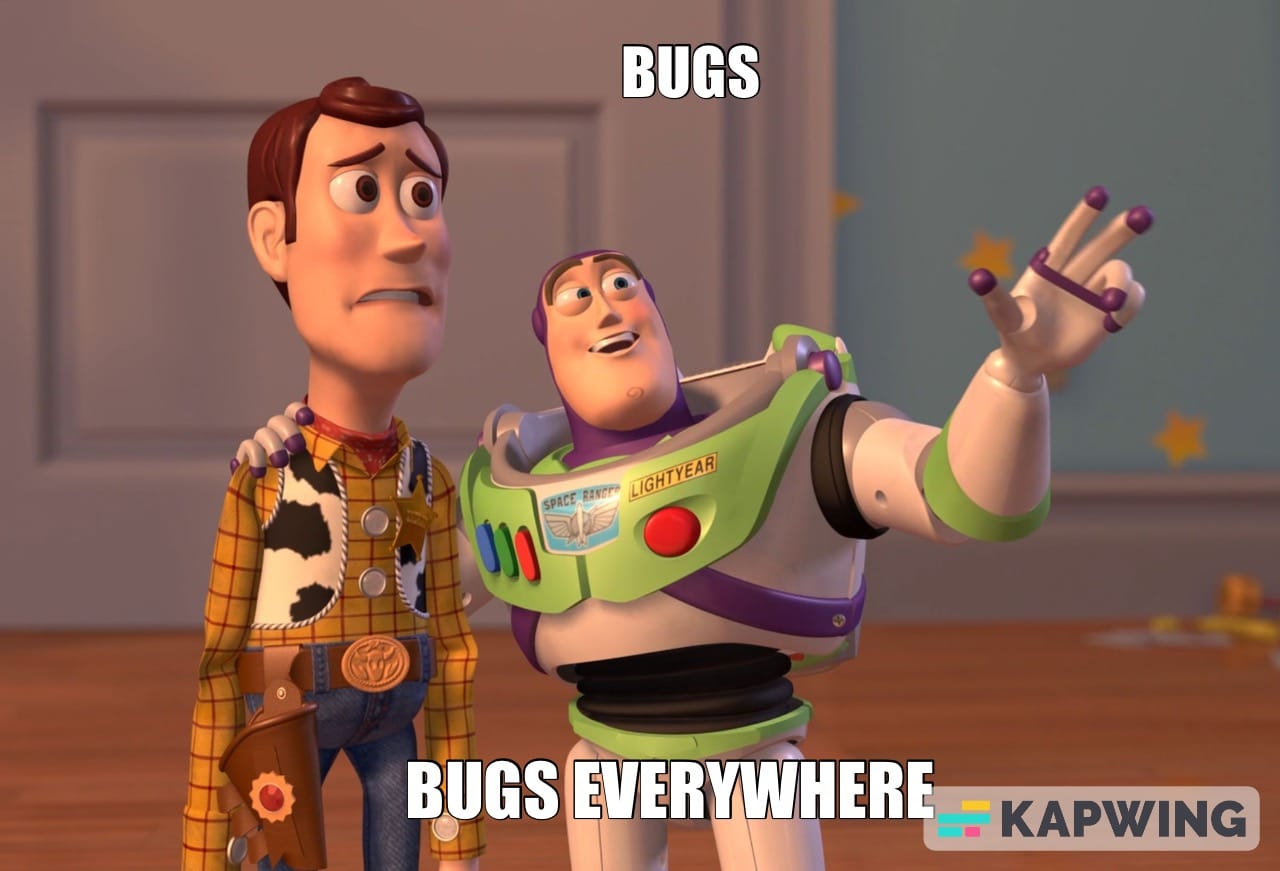Long Time No See
My last iOS app was back in 2013 — maybe iOS 6 or 7? I honestly can't remember. Mobile development was tough back then (don’t even get me started on Android 😄). I remember wrestling with provisioning profiles, certificates, and Apple's infamous review process. Bugs were everywhere, and every small step felt like a fight.

Fast forward to 2025 and... wow. Things have changed — a lot. A random blog post rekindled my interest in coding, and one thing led to another until I found myself hooked again. I missed this. The building, the tinkering, the joy of seeing something come to life. It was time to make something real.
Given the times we live in, building an AI-powered app felt like the obvious move. But without a Mac, how do you build an iOS app? A quick dive into multiplatform options led me to Flutter — and right from the start, it checked all the boxes. Lightweight, fast, beautiful UI, and it let me use the tools I love (hello VSCode and Cline).
As I experimented and explored ideas, something clicked: programming was fun again. I hadn’t felt this way in years. “Vibe coding” — it’s real, and I fully embraced it. At first, I felt almost guilty letting AI autocomplete my code or guide my logic. But tools like Copilot, ChatGPT, and OpenRouter didn’t just help — they pushed me forward.
One of the biggest wins? State management. Coming from a background where my idea of state was tied to Blitz3D game loops (yes, I go that far back), trying to wrap my head around Flutter’s state logic felt like climbing Mount Everest. I dabbled in YouTube tutorials, but the sheer number of state management approaches — setState, Provider, Riverpod, BLoC, etc. — was overwhelming.
That’s where Cline really became my secret weapon. It didn’t just spit out code — it explained, suggested, refined. It made the hard parts feel doable, and helped me grow without the usual frustration. Slowly, I understood how Flutter’s widget tree ticks, why reactive updates matter, and how managing state isn’t just necessary — it’s empowering.
And about Xcode? While I did all my dev work in VSCode, I have to admit — Xcode made the final mile smooth. Testing on-device through TestFlight was seamless, and submitting to the App Store was shockingly painless. Hit the button, upload, done. No drama.
And since the app's already live... why not give it a try?
📱 AI Card Genius on the App Store
What a great time to code again.